All You Need to Know About Print Designs
In recent years, print design has made a name for itself as one of the primary forms of visual treatments. This is primarily due to two main reasons: it’s innovative use by unmistakable talent, and the unparallelled, high-quality finishes used on an array of materials.
Although it is commonly mistaken for standard printing, this form of art has become a unique practice of its own. In fact, this very same practice has become a must-invest for different businesses that long to stand out and set themselves apart in any visual space.
By now, you’ve probably heard about print design frequently enough to the point where you’re beginning to think about using it for your business, property, or vehicles. With all this talk about print work and functional art, there’s one question in mind that remains unanswered: Do you know enough about print design?
A quick guide to different aspects of print designs worth knowing about
Whether you’re about to embark on a project big or small, utilising print design is one aspect that shouldn’t be overlooked. However, it also pays to ensure that you’re not jumping in the process blind because knowing even basic details will lead to better decisions.
Let’s look at some of the different bits and pieces of information that you need to know about getting something from screen to page so that you enter the process in the most informed way possible.
What goes on during the print design process?
In the beginning, designs are created by graphic designers and illustrators who use professional design software who can then alter the design format to suit the materials they are to be printed on. Once all the necessary revisions are put in place, they are converted into .indd, .psd, or .tif file formats that will allow specialised printing machines to put them on materials like ceramics, metal, and paper. Once everything is lined up, a design is then printed on an end-surface (or the final material).
Does resolution matter?
Absolutely––compared to regular-sized computer screens and pieces of paper, having a print design imposed on a material involves taking extra care because they require a much higher level of print quality. Considering that there is so much area to be covered and even the smallest blurs or jagged lines can be magnified when printed on a material, it’s critical to ensure the highest possible print resolution.
In most, if not all cases, any print design job needs to be executed with the highest Dots-Per-Inch (DPI) value possible. For best measure, a maximum of 300 DPI is recommended because anything further will cause a file to look too large and mess up the final finish that you get!
Knowing the different types of design
The one aspect of print design that anyone looking to delve into it should know is that different forms or types cater to different products and materials. Depending on the type of materials you’re working with, and your end-goal, the type of print design you’re going for determines your best method, processes to be followed, and options. For instance, at Graffiti Stickers, we offer a wide range of design types, such as:
Stickers
Vehicle signage
Metal signs
Corflute signs
Real estate signs
Conclusion
When it comes to making the most out of the immense power that print design work offers, it pays to know that even the smallest details along the way can make a significant difference. Through this guide's help, you can enter the design planning process in a much more informed manner so that your project’s final finish meets your needs and expectations!
If you’re looking for high-quality digital printing in the Gold Coast, there’s no need to look any further because we’ve got you covered with the best services. Whether you own a cafe or big-name brand, or a technical firm in need of eye-catching signage, we can suit your printing needs with ease – get in touch with us today.

